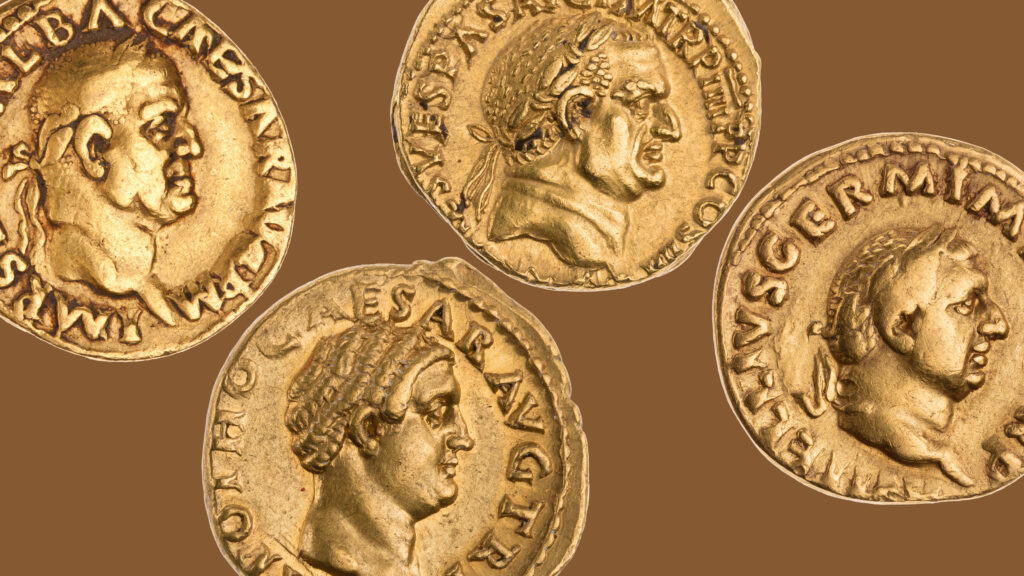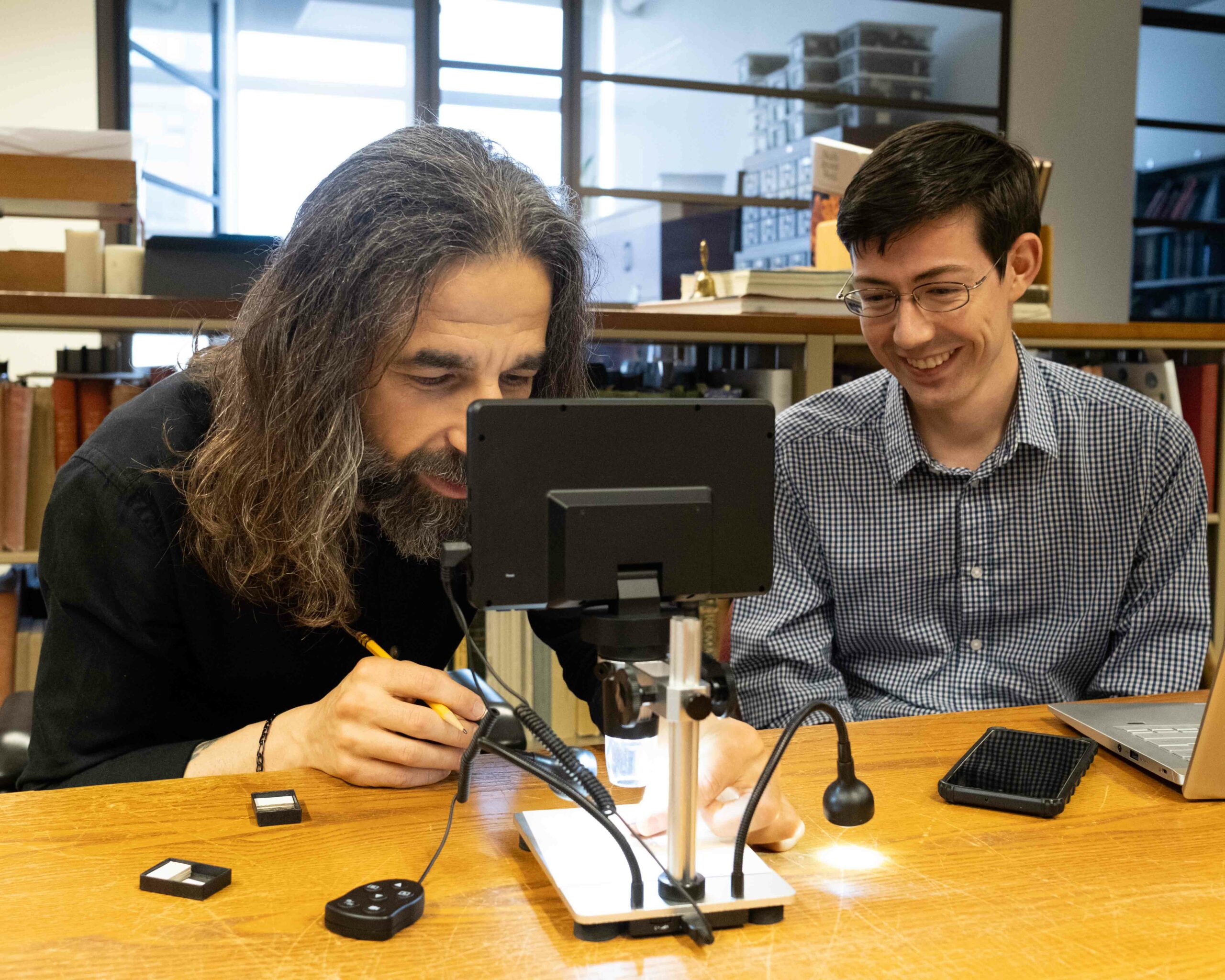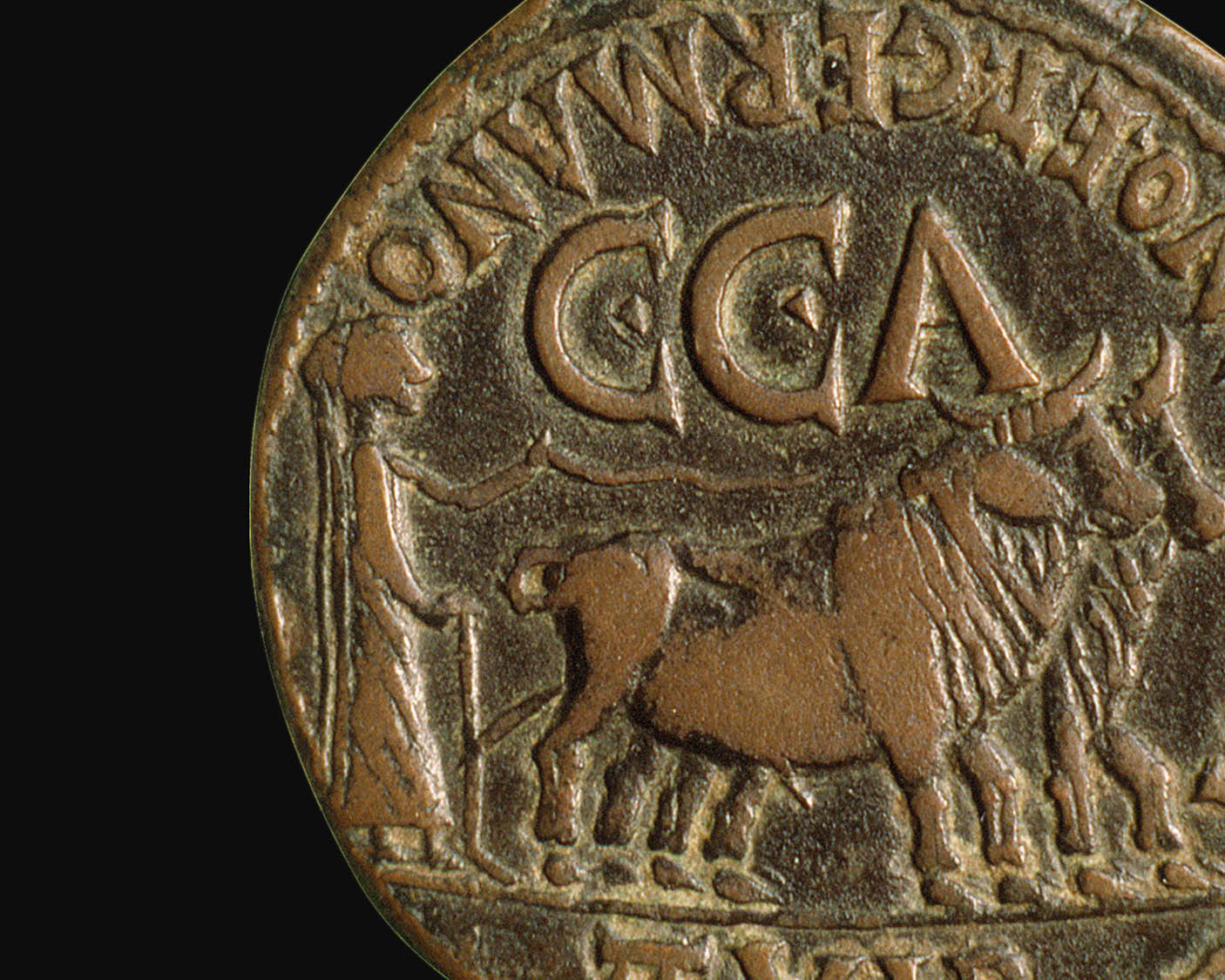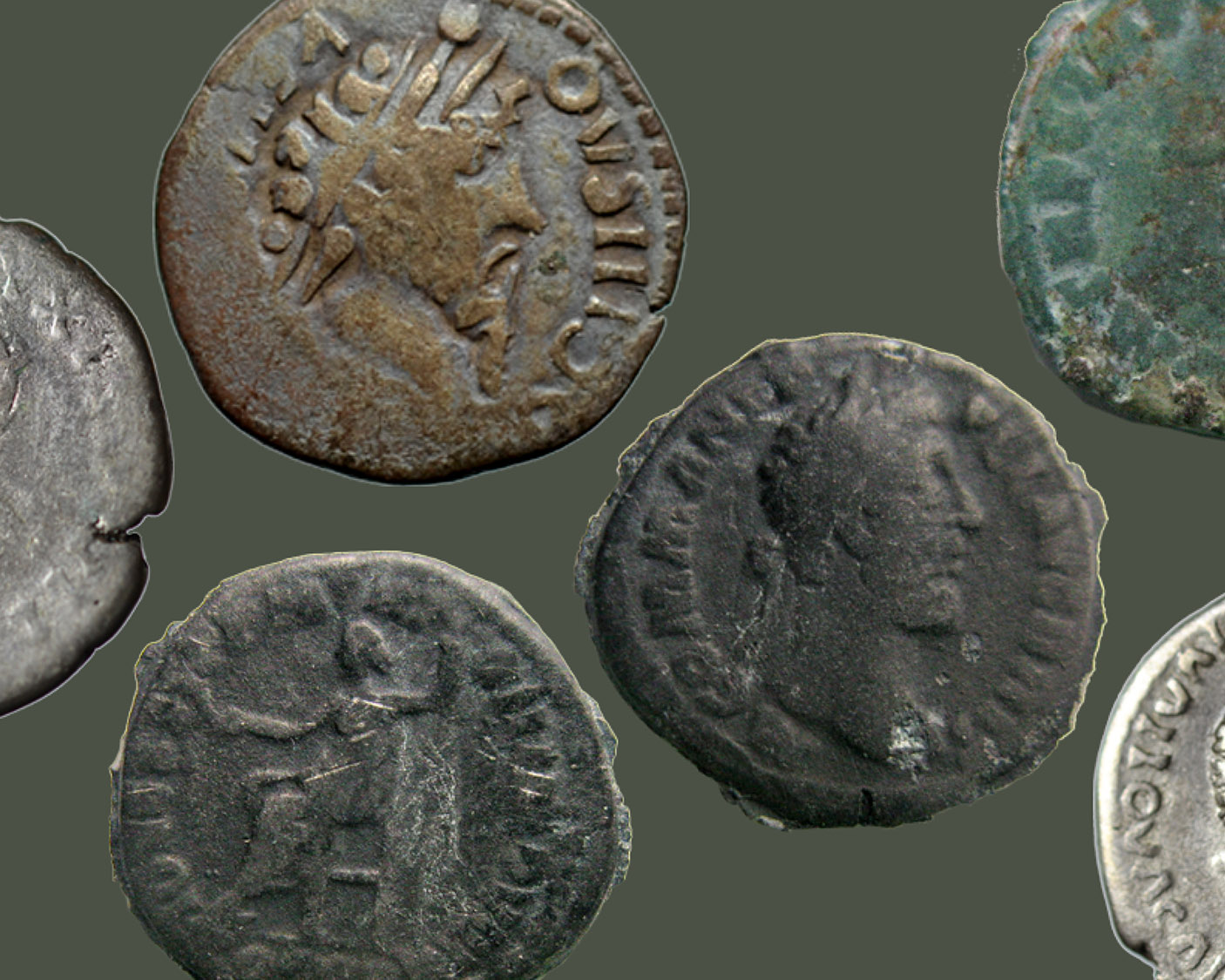Money Talks: Negative Muon Analysis of Roman Gold from the "Year of the Four Emperors"

May 26
6:00 PM Eastern Time (5:30 PM Reception)
Being able to sample the metal in the very center of a high-value artefact, while dealing absolutely no damage whatsoever to the object, is the dream scenario for archaeological scientists working on such material. ‘Activation analyses’ have been used in the past to get non-destructive readings of the bulk composition of coins, but these sorts of techniques leave the objects dangerously radioactive for quite some time, meaning they cannot immediately be returned to their institutions. However, a brand-new technique—muonic X-ray emission spectroscopy—is not only able to sample the center of an ancient gold coin non-destructively, but do so in a way that means it is safe to handle straight away.
This technique has most recently been applied to the study of Roman gold coins produced during the AD 68/9 Civil Wars—the so called “Year of the Four Emperors.” By being able to confirm what the true internal compositions of these aurei are, the research team was able to confidently show that aurei were occasionally produced seriously debased and that the addition of copper was used to ‘cover up’ the color change from the increase in silver content.
Lead author on the study, Dr. George Green—Leverhulme Trust Early Career Fellow and Lavery-Shuffrey Early Career Fellow in Roman Art and Archaeology at the Ashmolean Museum, Oxford—will discuss the applications of negative muons to the cultural heritage sector and walk us through what his team have learned about Roman gold coinage produced during the “Year of the Four Emperors.”
This event will be held in-person and virtually. A link will be sent to all active members on the morning of the talk. To make sure you are on the list, contact Austin Goodwin Andrews at membership@numismatics.org. This lecture will be recorded and uploaded to YouTube for later viewing.




